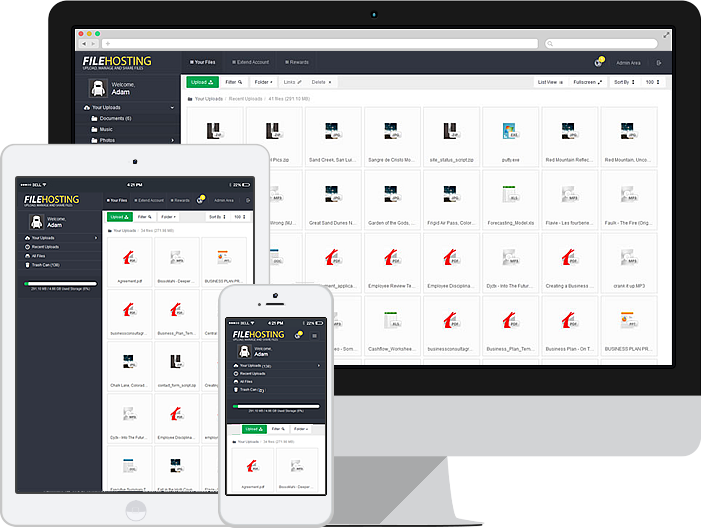
Innovative File Storage: Exploring Cloud-Based Solutions
Managing files can be a daunting task, especially if you’re juggling multiple file types across various devices. As a result, many people turn to file hosting services to store their documents, videos, and images in one convenient location while also ensuring they’re easily accessible whenever you need them. In this blog post, we’ll take a closer look at file hosting scripts, their benefits, and how you can set them up on your website or server.
What are file hosting scripts?
Put simply, file hosting scripts are software programs that allow users to operate their own file hosting services. These scripts provide users with various features that support file storage, transfer, sharing, and management. Some popular file hosting scripts include FileRun, YetiShare, and NextCloud.
Benefits of using file hosting scripts
Using file hosting scripts can come with many benefits. Firstly, you’re in complete control of your files as opposed to storing them on third-party servers. Secondly, you save on storage costs by only paying for the server and not the file hosting company. Thirdly, you can upload and download files faster since the servers are closer to you than third-party servers.
Setting up file hosting scripts
Step one is to purchase a domain name and server hosting. Then, choose the file hosting script of your choice and download it. After that, you’ll need to install and configure the script, which may involve some technical support. Once that’s done, it’s advisable to test the system before uploading any files.
Best practices for file hosting scripts
Security is a crucial aspect of file hosting, and as a result, it’s advisable to use SSL certificates, two-factor authentication, and strong passwords. Additionally, configure file permissions in such a way that they’re only accessible by authorized users.
In short
In In short, file sharing software can be a lot more effortless when done using file hosting scripts. These programs provide an ideal solution for keeping all your files in one place and managing them with ease. By following the tips discussed in this post, you’re well on your way to getting started with file hosting. However, it’s essential to remember that using file hosting scripts comes with responsibilities and security concerns. As such, make sure you follow best practices for file hosting security to prevent data breaches or other mishaps.



